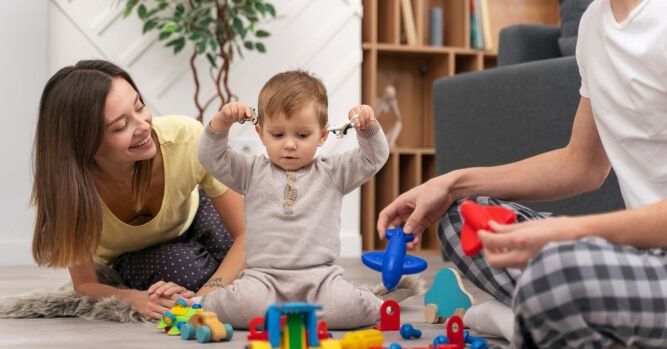Building a long-term relationship of trust and health
Creating a nurturing environment for infants is essential for their psychophysical, emotional, and social development. Nurseries and babysitters play a crucial role in supporting young children’s growth while enabling parents to manage their professional responsibilities.
The role of nurseries in early childhood development
Nurseries provide structured childcare for infants under three, focusing on:
- Emotional and social development
- Proper nutrition and healthcare
- Early education and structured routines
This transition is vital as external influences at this stage significantly impact a child’s long-term well-being.
Nurseries evolving beyond childcare
Modern nurseries have shifted from being solely social facilities to comprehensive care providers. They support:
- Child health and nutrition
- Early learning and social skills
- Disease prevention and hygiene education
While nurseries offer substantial benefits, they function as a supplement to family care rather than a replacement.
Challenges of early separation from parents
Infants between 6-12 months require constant emotional security. Early separation may impact:
- Secure attachment formation
- Emotional stability and trust
Parents often rely on babysitters or grandparents, fostering relationships that ensure a child’s emotional needs are met. Successful babysitter-child bonding can be observed through:
- Positive reactions to the babysitter’s presence
- Absence of stress-related behaviors
- Expressions of affection and comfort
Exposure to illness in early childcare settings
Joining a nursery increases a child’s exposure to common infections, especially respiratory illnesses caused by viruses. On average, children may experience:
- 2-3 infections per month due to immature immune systems
- Gradual immune strengthening over 2-3 years
- A reduced “immunity-building” period for children starting kindergarten after age 3
For some children (1-2%), nursery exposure may lead to severe infections. These children should remain at home for 6-12 additional months before enrolling.
Hygiene and preventative health measures
Proper hygiene practices significantly reduce infection risks. Key measures include:
- Regular handwashing for both children and caretakers
- Disinfecting toys and play areas
- Ensuring sufficient outdoor playtime
- Avoiding overheated, dry indoor air that facilitates respiratory infections
Get Expert Pediatric Support Anytime
Consult verified pediatricians or ask our AI Health Assistant directly in the Littledot app. Track your child’s health with Health Diary and get personalized guidance whenever you need it.
Download LittleDot – Your Trusted Family Health Partner!
Easily manage your family’s health with our app. Track medical records, consult doctors, and stay one step ahead. Everything you need, right at your fingertips.
